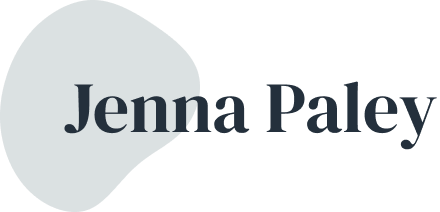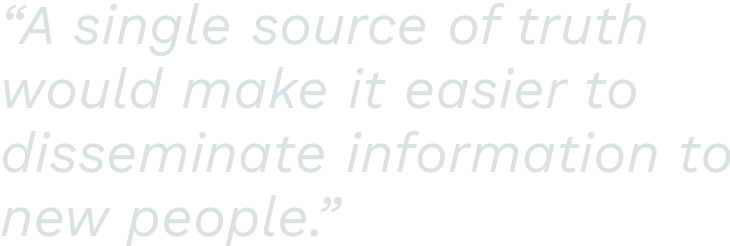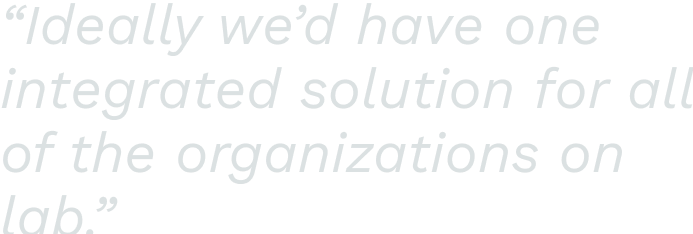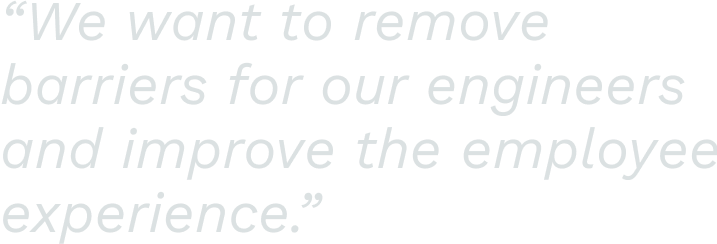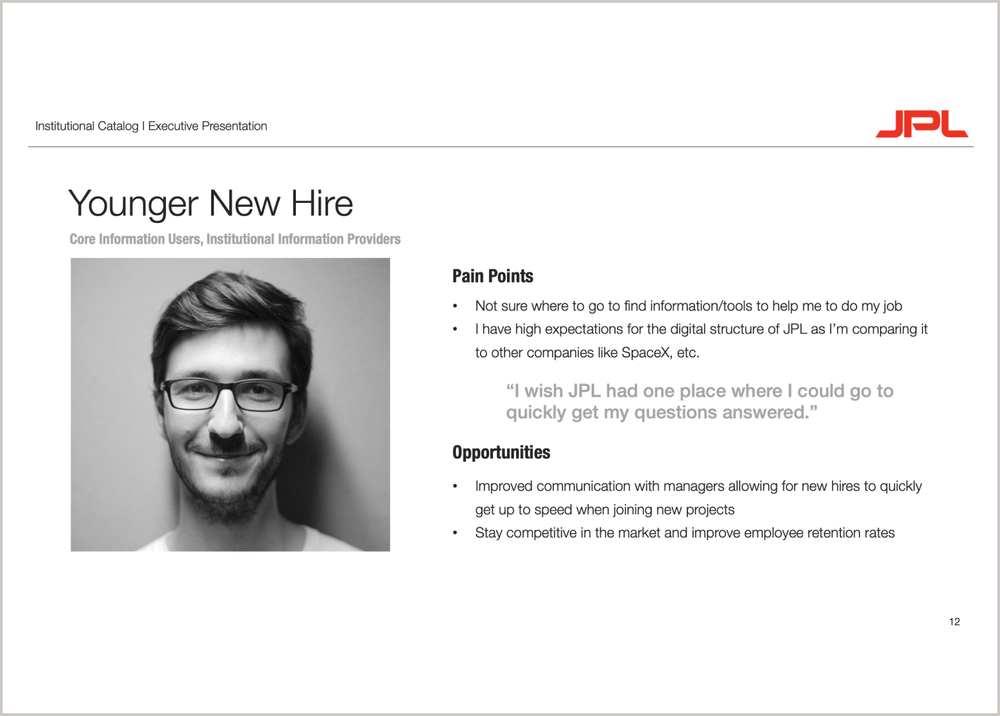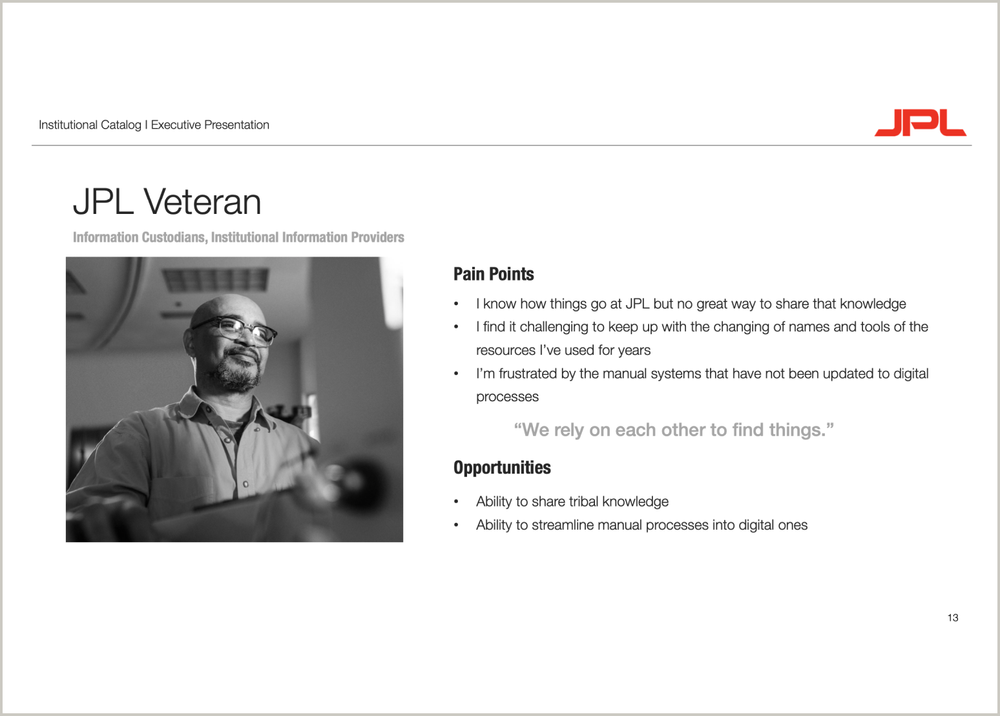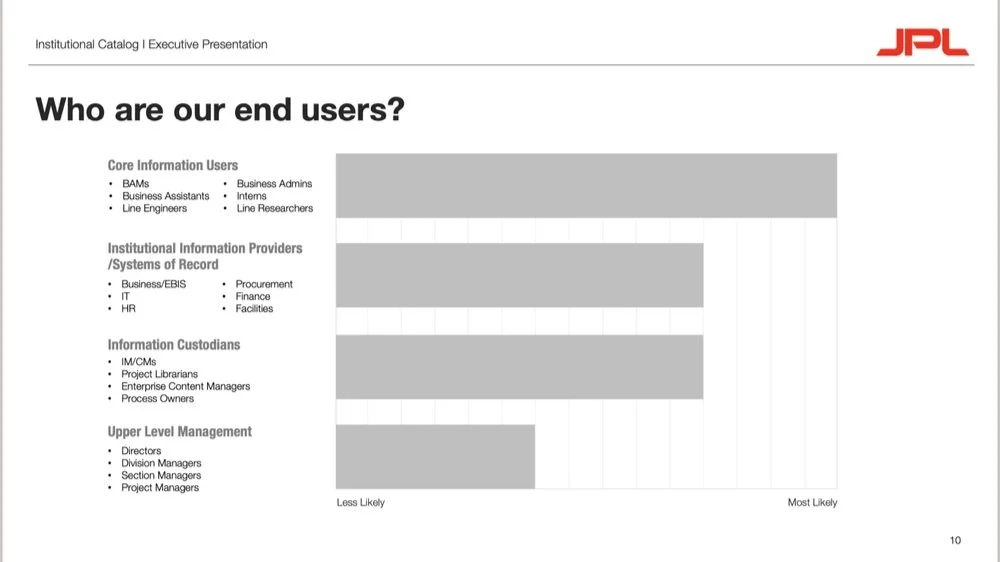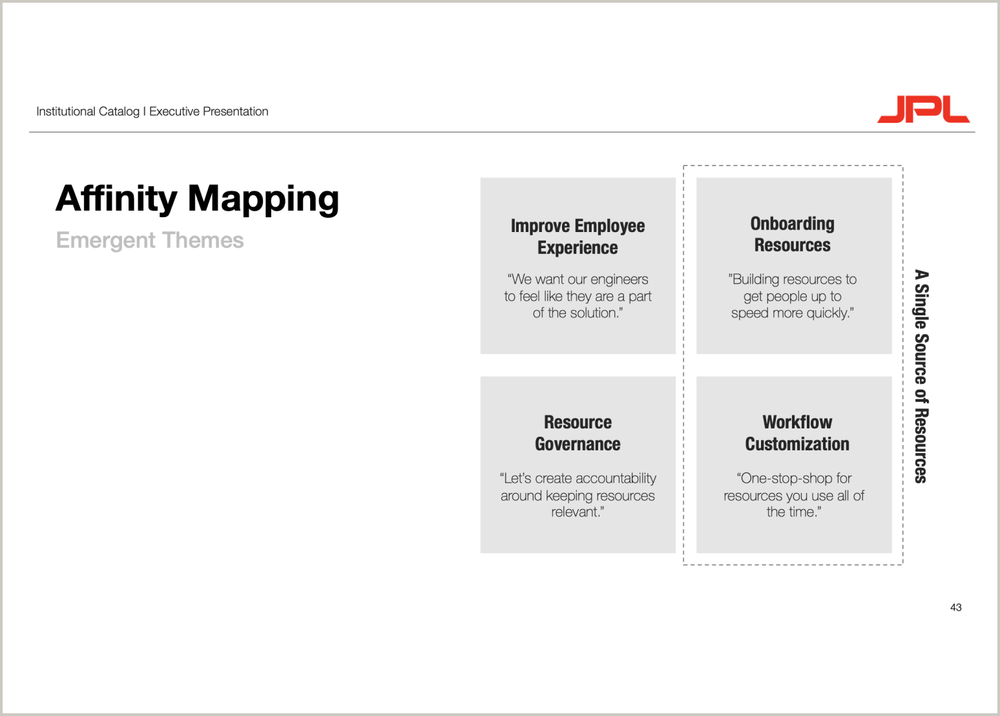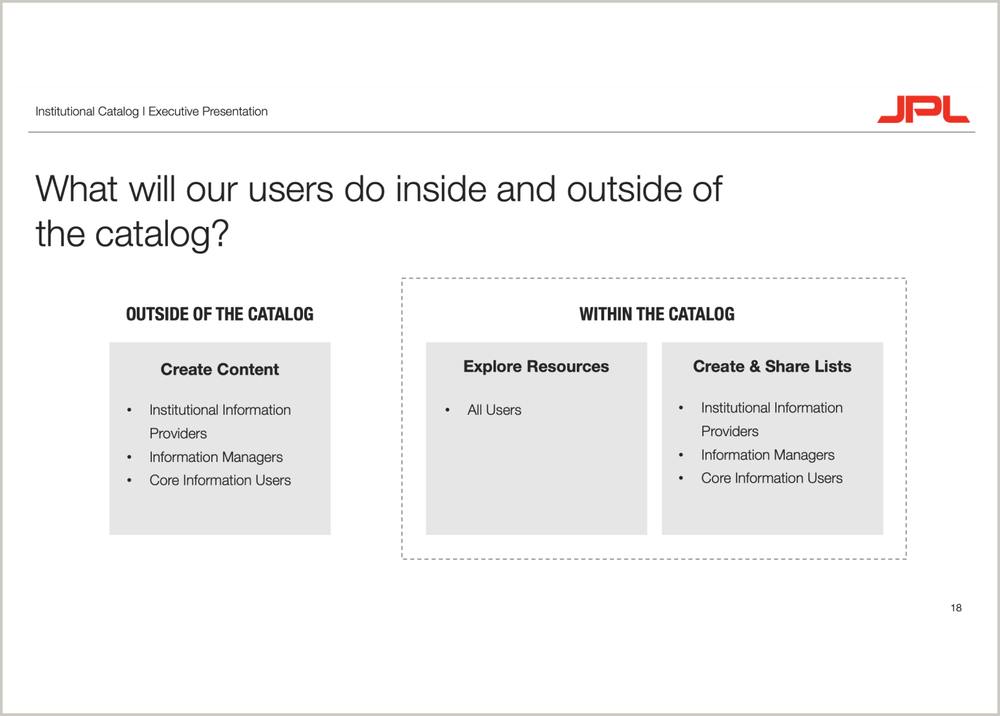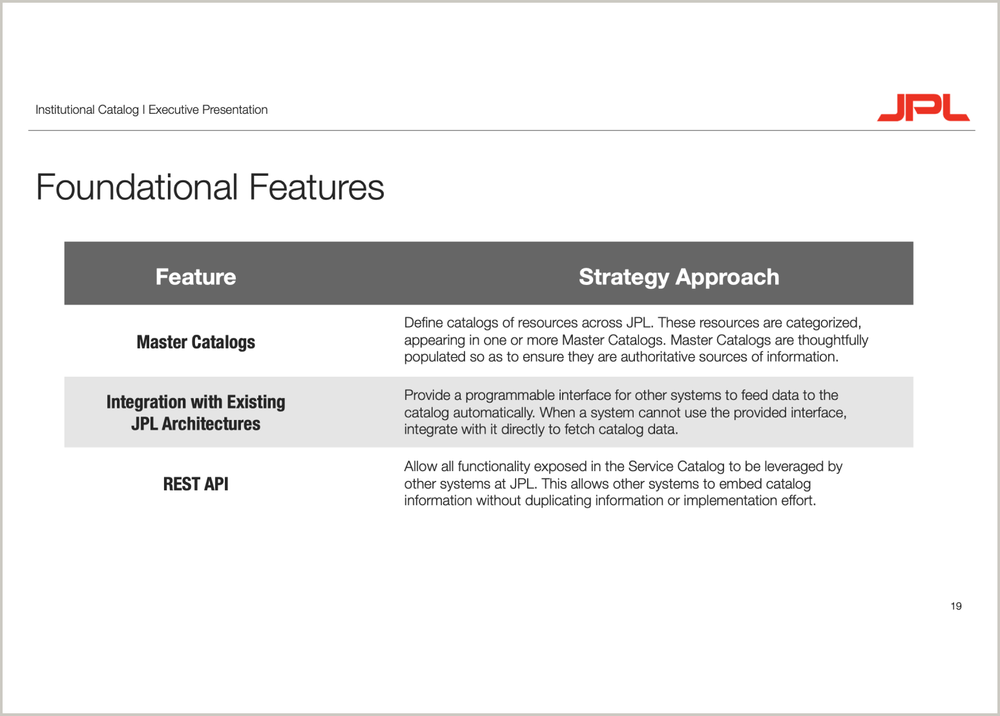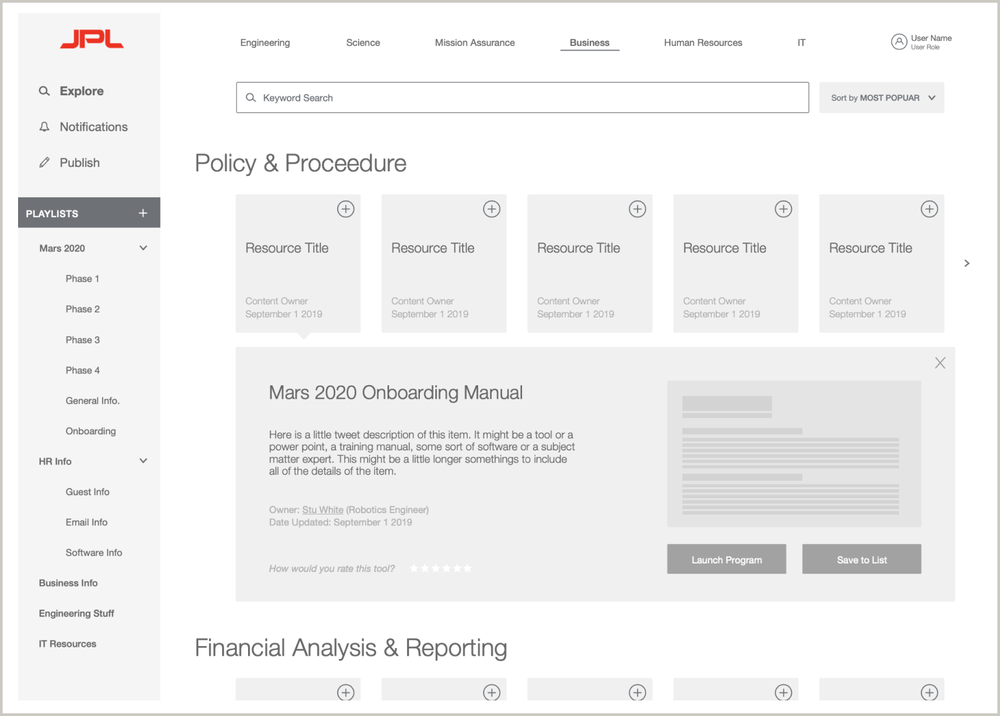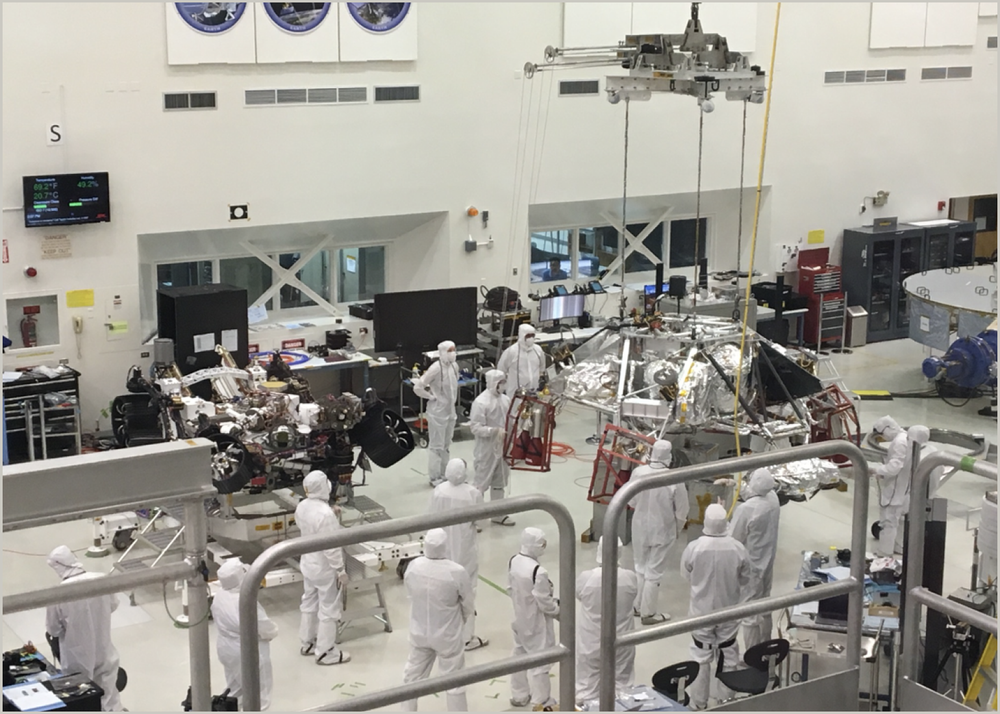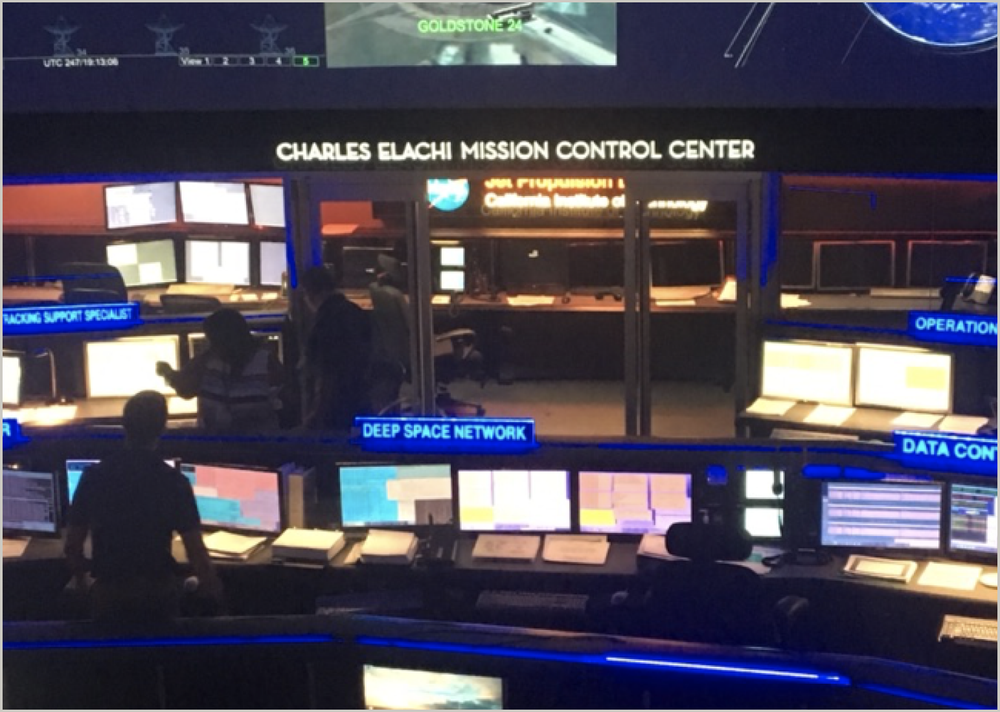UX Design & Prototyping
NASA Jet Propulsion Lab
Services
Current State Analysis
Process Mapping
Workshop facilitation
User-interface design
Wireframing
Deliverables
Problem defining workshop
A fully-detailed journey map
Wireframes
User-interface designs
High-fidelity prototype
Governance Model
Outcomes
Working to a tight deadline we delivered a polished prototype which was used to demo to stakeholders for investment.
Thanks to close developer and product collaboration, the prototype, and detailed roadmap, the client prototype was able to achieve a significant reduction in time spent onboarding.
Background
A culture of innovation is mission critical for space exploration. NASA’s Jet Propulsion Lab has long been the United States leading organization for unmanned space missions and research. JPL is responsible for one of our most iconic global moments - Carl Segan’s “Pale Blue Dot” came from a photo taken by JPL space craft, Voyager One.
As JPL grew they found collaboration and communication across lab was stymied by a long standing culture of secrecy. In late 2019, JPL’s Office of Digital Transformation engaged Slalom to deliver a informational catalog POC to consolidate and re-design how employees find, access and share programs and content.
I was so excited when I was asked to lead this project. I’ve always been a big space nerd and it was a dream come true to travel to Pasadena, CA and visit “the center of our universe”, better yet to have the opportunity to meet the scientists and engineers behind our most outstanding space exploration missions.
Experience Design (me)
• Project Lead
• Current State Experience Maps
• Solution Requirement Definition
• Behavioral Archetypes and Key Roles
• Feature Definition and task flows
• Interactive Prototype
Engineering (Marc)
Current State Technical Assessment
Architecture Recommendation
Product Management (Adam)
Product Backlog
Product Roadmap
Problem
Resources are scattered across lab leading to outdated information, communication breakdowns, onboarding challenges, and duplicate spending.
Solution
A unified platform that enables users to easily find, curate, and share resources that are essential to collaboration and increased innovation across the lab.
Kickoff
Upon arriving onsite, like a first grader on their first day of school, we received our clearance badges and took a quick tour of the lab. We kicked off our project in a meeting with our project sponsor, Deputy Director of the Office of Digital Transformation, and six additional business stakeholders.
We only had five weeks to understand their needs and define a solution, so in this initial meeting I was hyper focused on gaining an understanding of the challenges our stakeholders were seeing and documenting their expectations, requirements and measures of success.
After a few 1:1 stakeholder interviews and group meetings, we started to gain an understanding of the challenges our clients were facing, we heard:
The Current State
Once we had a thorough understanding of why JPL was looking for a solution to this problem, I was ready to understand how information was found, shared, and learned currently. I conducted 25 1:1 user interviews with users across different business functions and engineers across different mission teams and different tenures to learn about their experience. I also worked with Marc, my engineering teammate, to map the current state system architecture of where information was currently being stored and how it was accessed.
Onboarding to JPL and new mission teams was inconsistent and relied heavily on the precise coordination between supervisors, business admins, and IT which led to:
• extremely long onboarding experiences
• general confusion
• longer periods of lower confidence as ‘the new person’
Most JPL missions are, on average, 10 year projects and many of the scientists and engineers have been at JPL for over 30 years across several missions, which led to:
• an abundance of tribal knowledge
• a lack of consistent documentation
• no easy way to share information but in person
As JPL grew, so did it’s IT department. In our research, we found so many resources were available in several different platforms that led to:
• outdated, duplicate, resources
• a lack of governance around resources
• lack of confidence
Our Audience
After spending a whole week talking to the engineers, business admins, and scientists responsible for JPLs missions, I began to get a better sense for what our end users experience was, their frustrations, their needs, and how they differed between user types.
Behaviorally, I found users experiences differed based on their tenure and position.
Next, we defined what an ‘institutional catalog’ is, and segmented users based on how frequently we understood they would utilize the solution.
User Insights
Diving deeper into my user interviews is always my favorite part of discoveries. I love getting all of the sticky notes out, writing what I heard, mapping them into themes, and drawing insights. I took a first pass at grouping like concepts into themes and together as a team we developed concepts and requirements from each theme as they emerged.
Below are the emerging themes and concepts that came up during my user interviews:
Solution Requirements
As a team, we reviewed everything we learned to date and began to outlined the solution requirements from both our stakeholders and our users perspective to give some structure to our ideas and ensure they’re meeting the needs of all parties.
Then, we defined and validated business and user needs around core features and functionality.
Interactive Prototype
Taking into account everything I had learned up to this point, I got to work on solution mock ups. Over the course of a week we continued to meet with stakeholders and users to concept test, iterate and refine our recommendation. Below are a few mockups outlining the core functionality and features of our solution.
Outcomes & Impact
Our proposed solution is intended to sit on top of and source from existing catalogs. As one unified front-end, it would allow employees to easily explore, save, share, and add resources to a collection. Our proposed solution will increase visibility of all resources that are available on lab, promote collaboration, and give visibility to unique JPL made solutions that other mission teams can take advantage of.
In addition to the prototype mockups, we delivered a recommended governance model, a more comprehensive interactive prototype, product backlog, product roadmap, and recommended system architecture plans.
What I Learned
This project was exciting, challenging, humbling and a lot of fun. The first week on the project I was a ball of nerves - working with an organization I deeply admire was intimidating, and found it was more comfortable for me to let Adam, our product manager, lead. It quickly became clear that although his approach was well intentioned, the project really needed to be experience centered, and it was time for me to step up and lead. Below are some of my key takeaways:
Confidence; how to lead [a group of actual rocket scientists] with grounded confidence
Teamwork; to always assume positive intent, to be humble and vulnerable, and remember to have fun
Delivery Excellence; the story you tell, and how you tell it, deeply matters - spend time carefully curating it
I would highly recommend a visit to JPL; below are a few more memories of the epic time I spent there.
